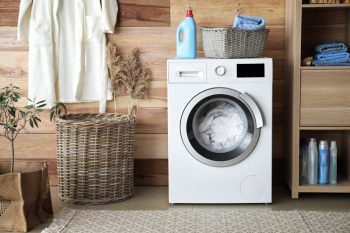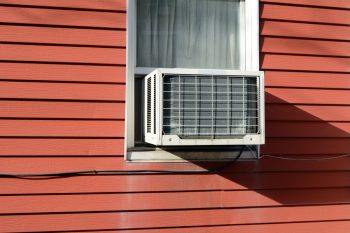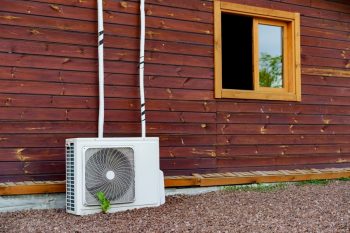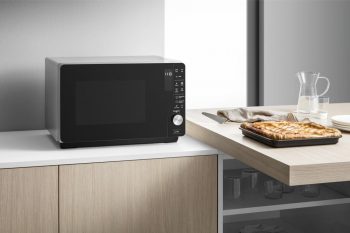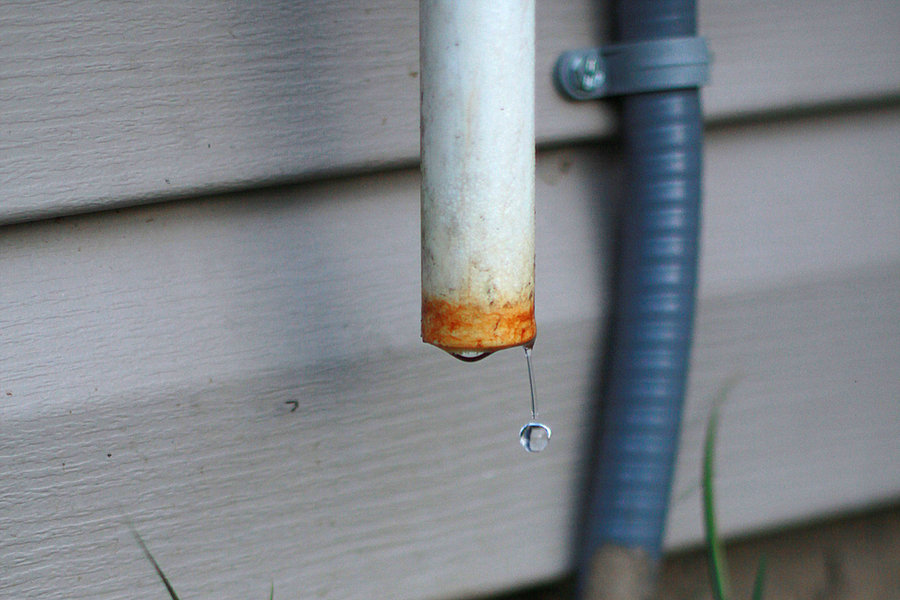
An HVAC unit takes the hot air from outside, cools it down then releases it into your home. The cooling process causes condensation in the system’s evaporator coil, which the drip pan collects.
If your HVAC system is not dripping water, it may be a sign of a more significant issue. So, why would an HVAC system not drip water?
An HVAC system dripping water is expected. And if your unit is not dripping water through the drip, it’s a sign of problems or malfunctions, with a few exceptions.
Below are some reasons why an HVAC system might not drip water:
- Clogged drain line
- Dirty air filter
- Missing drain pan
- Clogged evaporator coil issue
- The HVAC unit is incorrectly tilted
- The unit has a slinger ring
- Insufficient refrigerant level.
While it is excellent that your HVAC produces water, homeowners must drain it regularly to avoid algae and fungi accumulating in the drain pan or drain line, which can cause health issues.
This article explains the reason an HVAC might not drip water. With this, you can understand whether your HVAC unit is faulty and what to do in such a situation.
7 Reasons Your HVAC Is Not Dripping Water
The concern most homeowners have when their HVAC unit is not dripping is that condensation could be collecting somewhere else, which can cause mildew and mold.
But this is only the case in some situations, as factors like the outdoor and indoor air temperature, air condition, and filter maintenance can affect when your HVAC system may drain more water than others.
When the air is arid, little condensation happens in the HVAC, and the little condensation may evaporate immediately. As described below, other factors may be responsible for your HVAC unit not dripping water correctly.
1. Clogged Drain Line
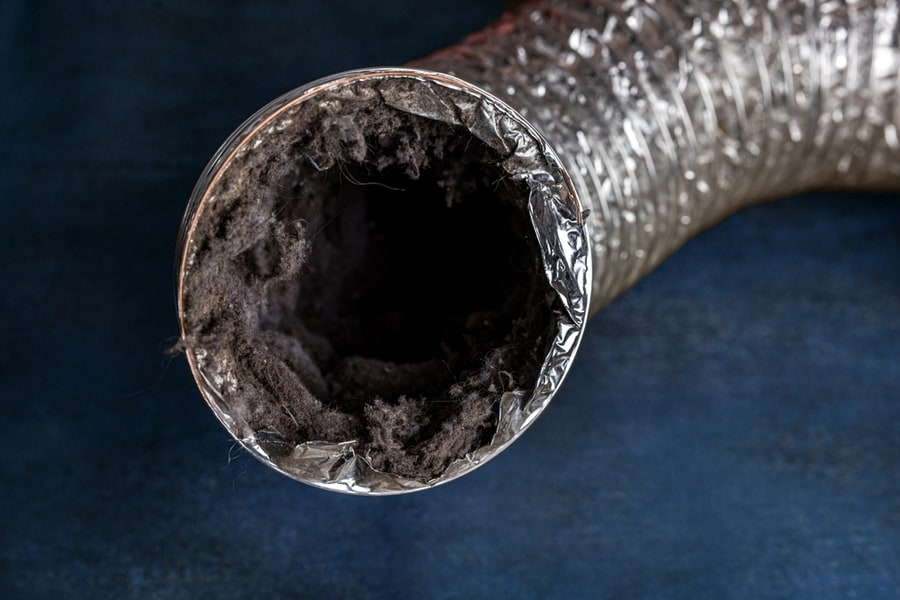
The HVAC unit comes with a drain line known as the condensate drain. This small dripping line outside your unit is vital in removing condensation from the AC evaporator coil.
If your HVAC is not dripping, then the drain line is clogged. If this is the case, it can cause fungi and algae to accumulate in the drain line letting out a pungent smell. You can unclog it by probing it with a metal rod.
You should also treat the line with vinegar to eliminate the fungi, algae build-up, and smell.
2. Dirty Air Filter
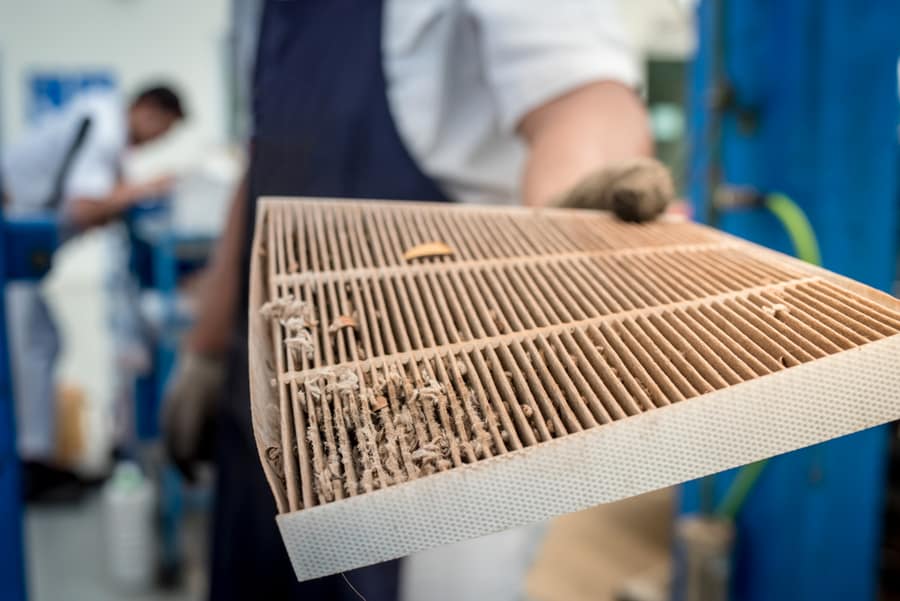
A dirty air filter can also be why your HVAC unit is not dripping water. When the air filter is dirty and clogged, it reduces the unit’s heat-absorbing capacity. As such, minimal condensation occurs; thus, why no water is dripping from the unit.
In such a case, you must clean the air filter if the air filter on your unit is reusable. Otherwise, you should replace the air filter with a high-quality one. Replacing or cleaning the air filter every month or two is ideal.
3. Missing Drain Pan
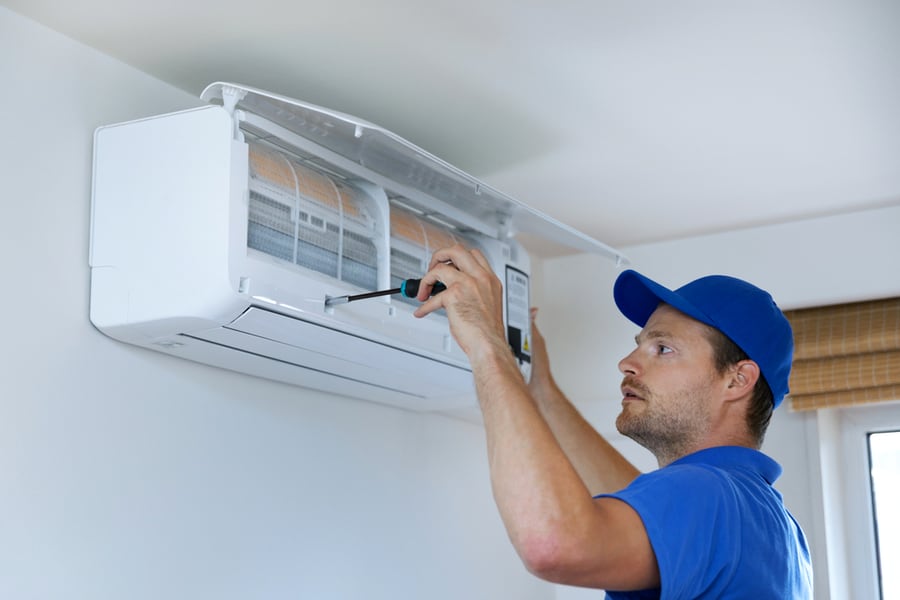
The drain pan is an essential part of an HVAC system. The drain pan located under the evaporator coil is responsible for collecting condensate from the evaporator coil.
But sometimes, this component of your HVAC unit could crack, rust, or be missing. In such cases, the condensate will not drip through the drain line but through other parts, which may cause moisture problems in your home.
Homeowners should be on the lookout to ensure that all the units in their system are in good condition.
4. Clogged Evaporator Coil
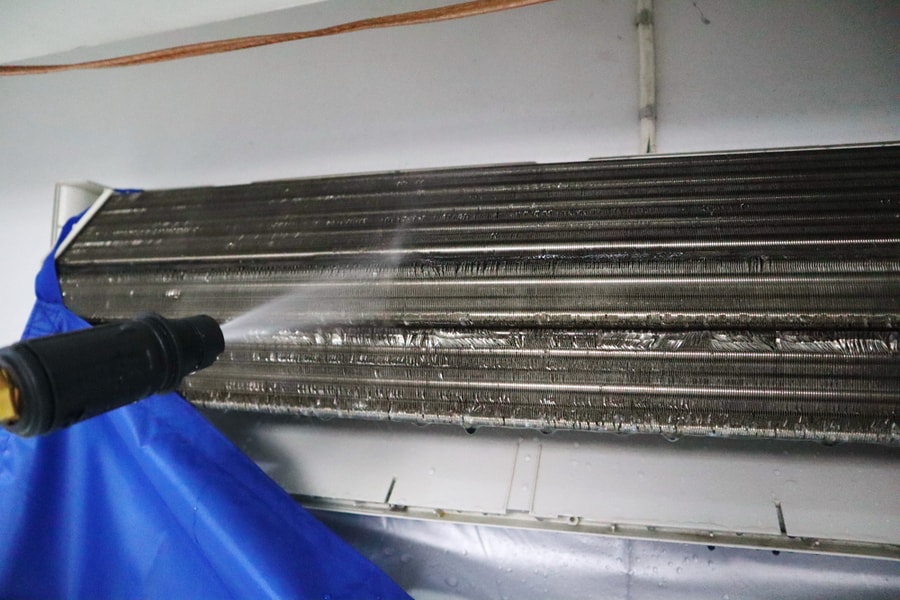
If your evaporator coil is clogged, it can cause issues such as water not draining. The refrigerant in the AC unit passes through the evaporator coil, which cools the surrounding air.
But when the evaporator coil is clogged, it prevents the evaporated refrigerant from adequately moving through the coil to move heat from the surrounding air.
As such, the AC no longer cools or forms condensation on the evaporator coil. In such cases, unclogging the evaporator coil is the way forward. You can use a compressed air canister to remove the dirt and debris in the coil.
5. The HVAC Unit Is Incorrectly Tilted
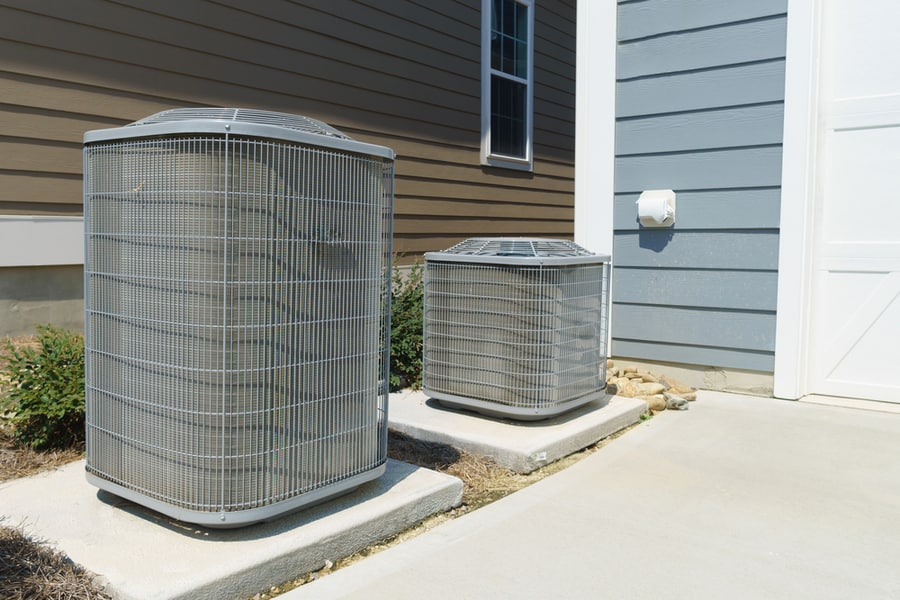
When installing an HVAC system, installers often lean the unit away from the building. The aim is to ensure condensates collected in the drain pan flow into the drain line and out of the unit.
But if the angle of the HVAC unit is tilted inaccurately, the condensate will not drain through the pipe effectively. In some cases, the condensate may drain into the interior of your home, which can cause moisture problems like molds and mildew.
In such cases, you should adjust the unit’s angle, so it tilts a few degrees away from the house.
6. The Unit Has a Slinger Ring
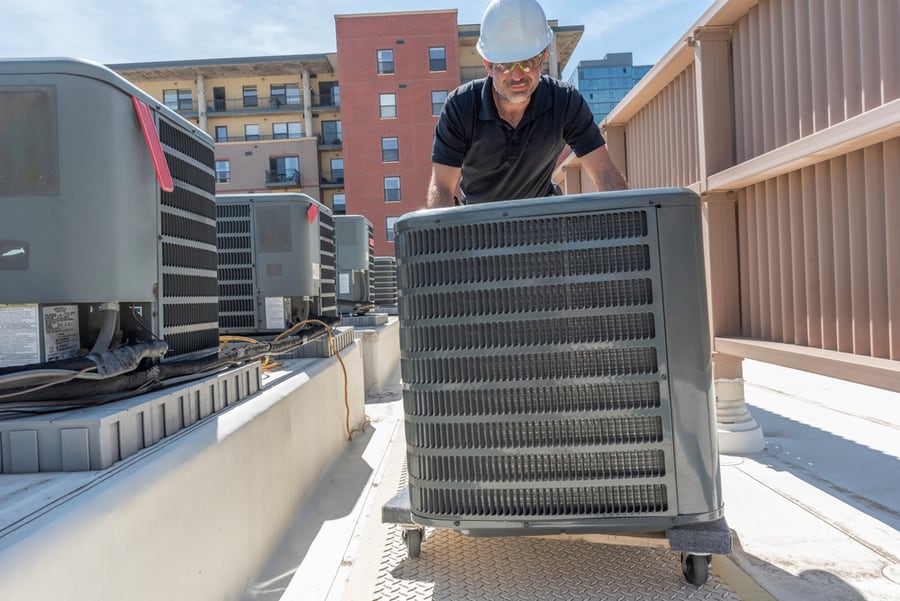
If you have a newer model HVAC unit, it may come with a slinger ring. This outfitted ring dips into the drain pan, pushing the water back into the coil, thus eliminating drippings.
The water helps to cool down the coil, which improves the unit’s cooling efficiency. So, check the user manual that comes with your unit to see if your unit has a slinger ring.
If the unit has a slinger ring, there is no need to panic if it does not drip water; instead, the unit is functioning normally.
7. Insufficient Refrigerant Level
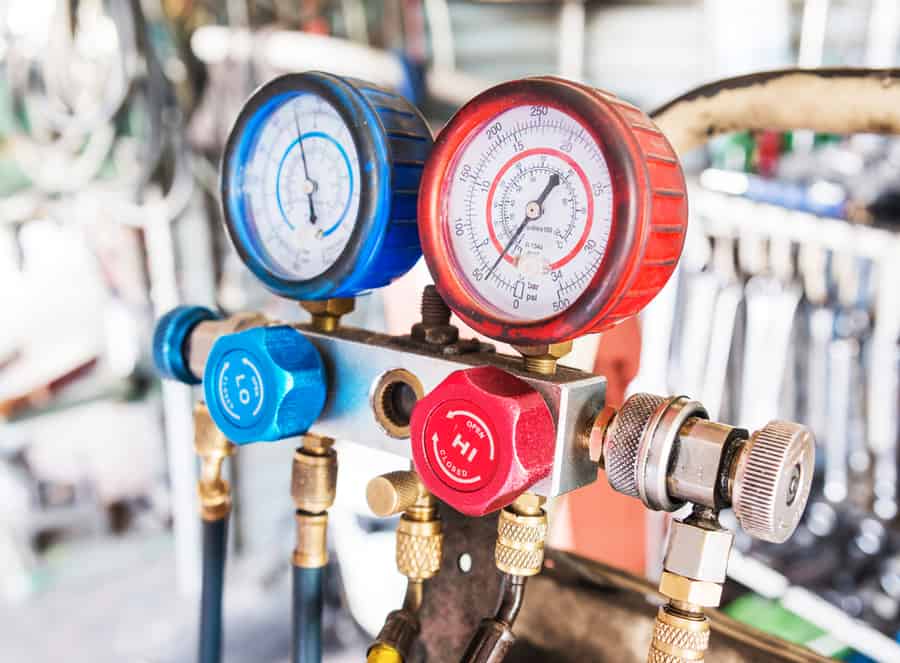
The HVAC system uses liquid refrigerants, which get pumped between the evaporator and condenser to cool the air. The refrigerant in most HVAC systems is HCFCs, also called R-22.
However, this refrigerant is being replaced with ozone-safe alternatives like HFCs and ammonia. While the refrigerant can last for decades, the AC will not cool the air if the refrigerant level is too low.
As such, no condensation will occur, thus no dripping. In such cases, inspecting the refrigerant level and topping it should fix this problem.
Conclusion
As you can see from this article, it is common for your AC to drip water. Unless stated by the manufacturer, if the unit is not dripping water, it is a sign of a malfunction that needs your attention.
You should quickly rectify the issue by inspecting your AC unit using the tips shared in this article.
If the problem persists after checking everything suggested in this guide, you should call an HVAC professional to inspect your unit.
Frequently Asked Questions
How Much Water Should Drip From Your AC?
No fixed amount of water must drip from your unit to ascertain it is functioning correctly. Several factors influence the amount of water that drops from the AC even when all its components function properly.
For example, the humidity of the air, air circulation, size of your AC unit, and temperature, amongst others, influences how much drip you get.
How Often Should You Check the Condensate Line?
A clogged condensate line is the most common reason your AC is not dripping. As such, you should check the condensate line once every month to ensure it drains properly.

